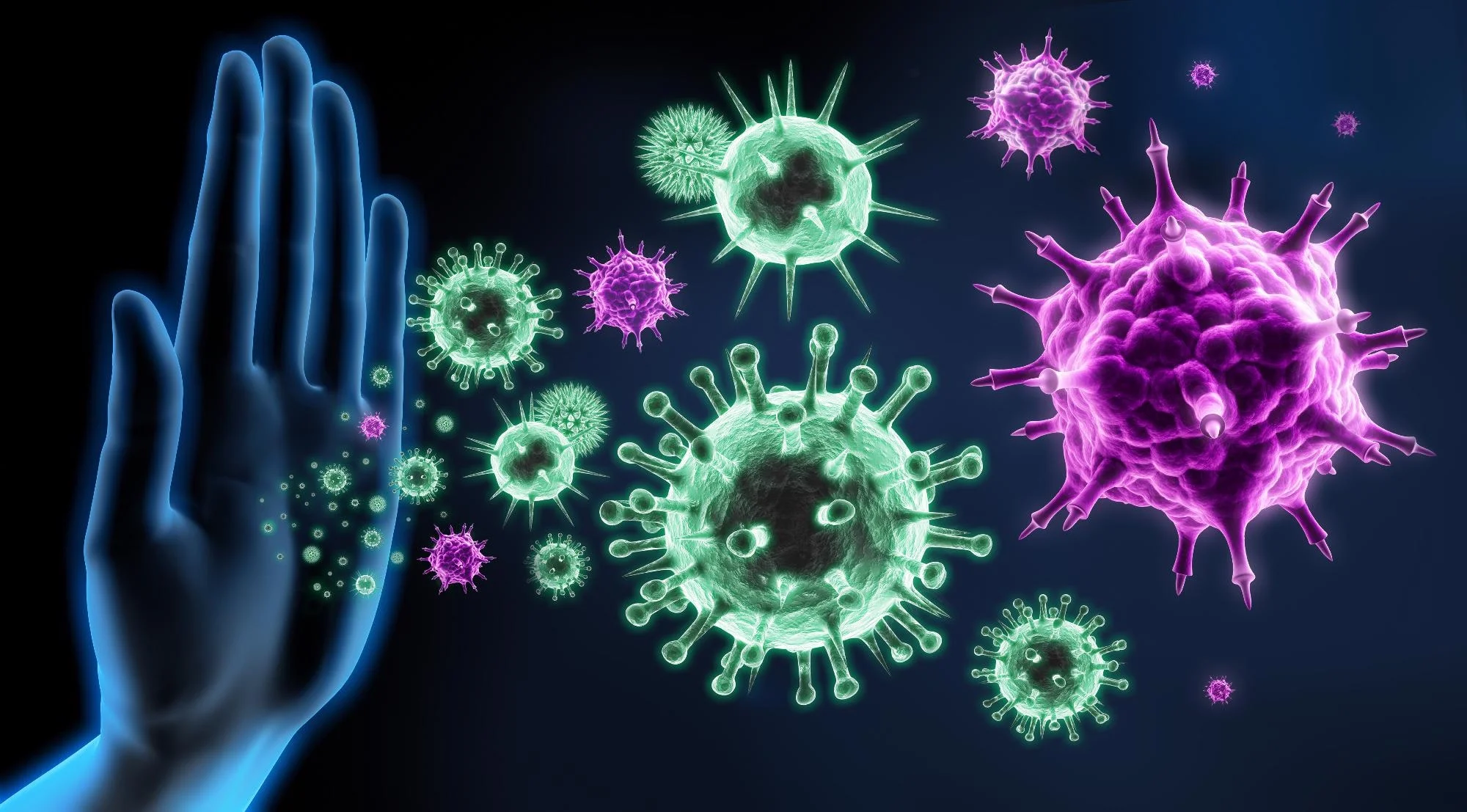The human immune system is composed of white blood cells, lymph nodes, the spleen, mucus membranes and the skin. White blood cells include B-cells, which make antibodies, and T-cells, which destroy already-infected cells. These components of the immune system recognize invaders and mount a response to eliminate them.
Two types of immunity
There are two main types of immune systems: the innate immune system and the adaptive immune system. The innate immune system is a primitive, nonspecific defense mechanism that is activated immediately upon exposure to pathogens. The adaptive immune system is a more sophisticated defense mechanism that is activated after exposure to pathogens. It produces antibodies that specifically target the invading pathogens.
What are pathogens?
Pathogens are tiny organisms that can cause diseases in humans. When these organisms enter the body, they can cause inflammation and damage to cells and tissues. The immune system recognizes these invaders and mounts a response to eliminate them.
How do pathogens infect us?
Pathogens can enter the cells of our body in a few ways: through the nose, mouth or skin; through cuts or open wounds; or through the digestive system. Pathogens can also be spread through contact with infected blood, saliva, mucus or urine. Some pathogens, such as the flu virus, can also be spread through droplets suspended in the air.
In order to make us sick, pathogens must enter and destroy our cells. Viruses, for example, are clumps of DNA or RNA that use our cells as factories to make copies of itself, and then new copies burst out of our cells to infect more cells. To first enter our cells, the virus must disguise itself so our cells allow it to pass through our cell membrane. To do this, the virus uses a surface protein–like a key–that fits into a protein on our cell’s membrane–like a lock. Sometimes our bodies can recognize a pathogen as an invader before it’s able to “unlock” too many cells, but other times it can go undetected long enough to wreak havoc and make us sick.
How does our body recognize pathogens?
Pathogens are tiny organisms that can cause diseases in humans. When these organisms enter the body, they can cause inflammation and damage to cells and tissues. The immune system recognizes these invaders and mounts a response to eliminate them.
What is immunity?
Immunity to a pathogen means that your body is able to resist infection or disease to that pathogen. Sometimes, having immunity doesn’t fully prevent you from getting sick; rather, it lessens the severity of the disease by arming your immune system with effective tools to fight off the invader quicker.
One way to gain immunity to a disease is to be exposed to it. If you are exposed to a pathogen, your immune system will recognize it as an invader and mount a response to it. This will help protect you from future infections by that pathogen, since your cells now have a “mug shot” of it to recognize it quicker the next time it comes around.
It’s also possible to get immunity through vaccination. Vaccines contain dead or weakened pathogens that stimulate the body to produce B-cells and T-cells, the white blood cells that recognize and fight off invaders. Vaccines can also use mRNA technology, which provides your cells with the genetic information to code for a particular protein on a virus–like the protein the virus uses as a “key” to enter your cells. So the next time your body encounters this protein, it will recognize it as an invader and signal immune cells to destroy it.
It’s possible to lose immunity if you have not been exposed to the disease for a long period of time, or if you are immunocompromised. People with compromised immune systems might have cancer, AIDS or another condition where the immune system is impaired. In that case, they could be at greater risk of developing an infection than people who are immune.



